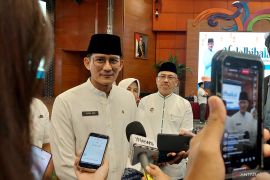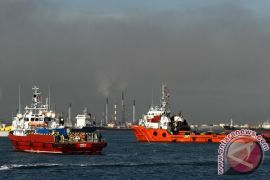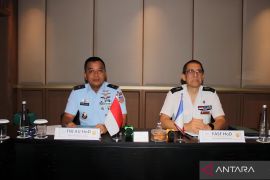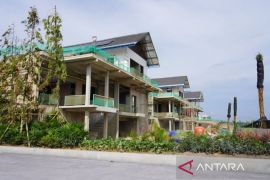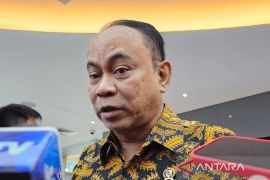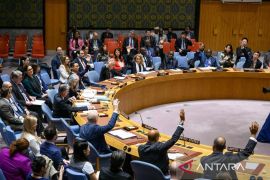"The building of the elevated train track can be done by next year, 2015," Director General of Railways from the Transportation Ministry, Herman Dwiatmoko, stated in a written statement received here on Friday.
According to Herman, the plan to build an elevated train track was crafted a long time ago and the process should have finished by now.
The plan was delayed because there were problems with the projects legal protection, namely the president Regulation No.83 Year 2011.
Presidential Decree No. 83/2011 gives the authority to the state-owned train operator PT Kereta Api Indonesia (KAI) to build an elevated train track.
"The regulation should be revised because the train track will be build by the government and will use the state budget, Herman said.
The revised presidential decree has been delivered to the Cabinet Secretariat. Herman also said an estimated Rp700 billion will be needed to fund the construction of the train line in the capital city.
The traffic congestion in a number of Jakartas road is expected to be resolved by the application of electronic road pricing (ERP) concept to reduce the use of private vehicles in the capital.
"Implementation of ERP is one way to reduce the use of fossil fuels. Hopefully, people will switch from private vehicles to mass transportation," Director General of Land Transportation of the Transportation Ministry, Suroyo Alimoeso, said.
Suroyo said the central government will soon implement the ERP concept in Jakarta and Surabaya as pilot projects.
Suroyo also added that the acceleration of the ERP implementation is one of the recommendations in the 12th Session of Members of the National Energy Board in the Transportation Ministry office, March 2014.
"The central government will coordinate with the local government to determine which roads in those two cities is compatible with the ERP system," he said.
The road that could have the new system must be one that is often used by the public and has severe traffic congestion. (*)
Editor: Heru Purwanto
Copyright © ANTARA 2014


